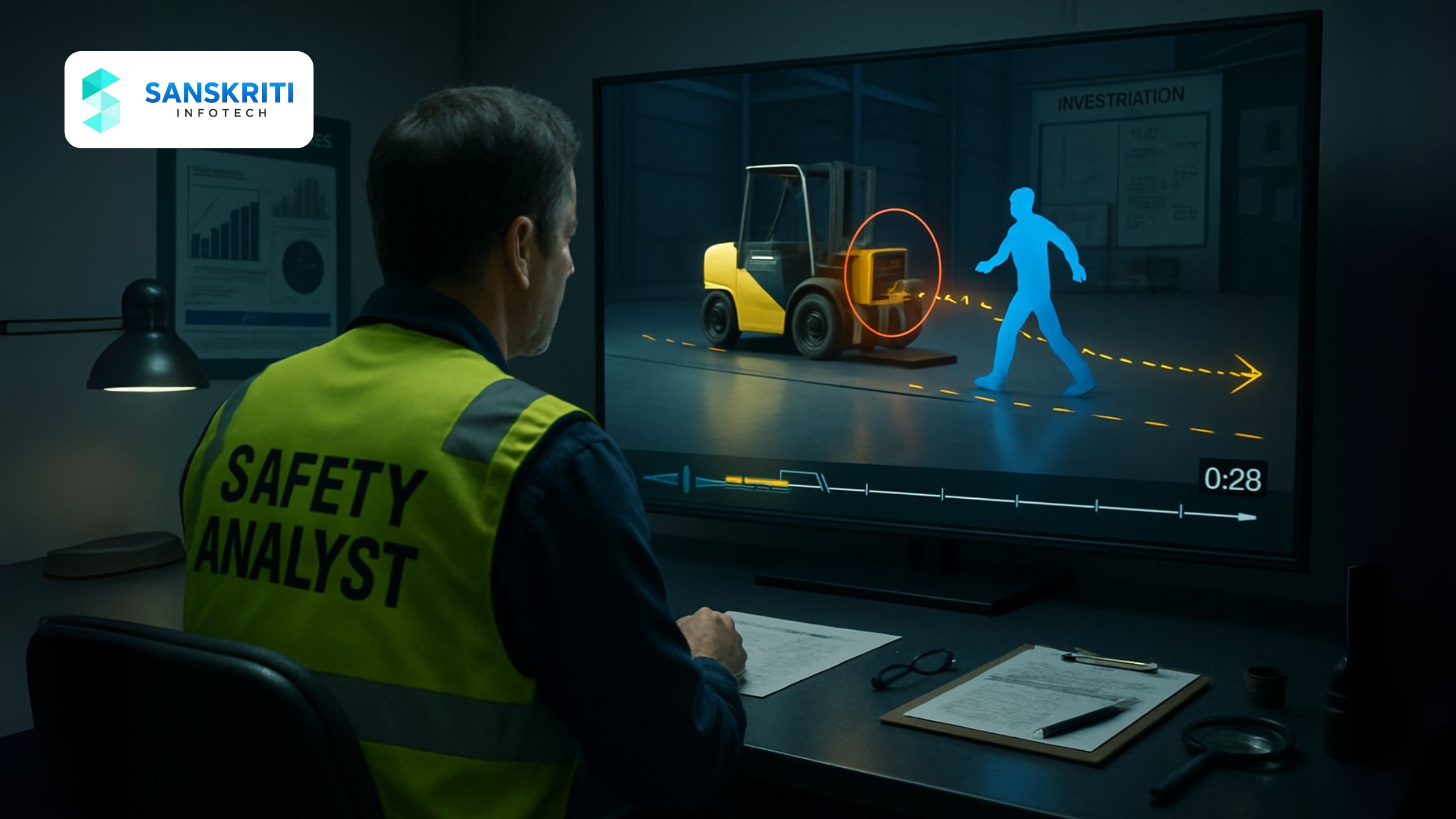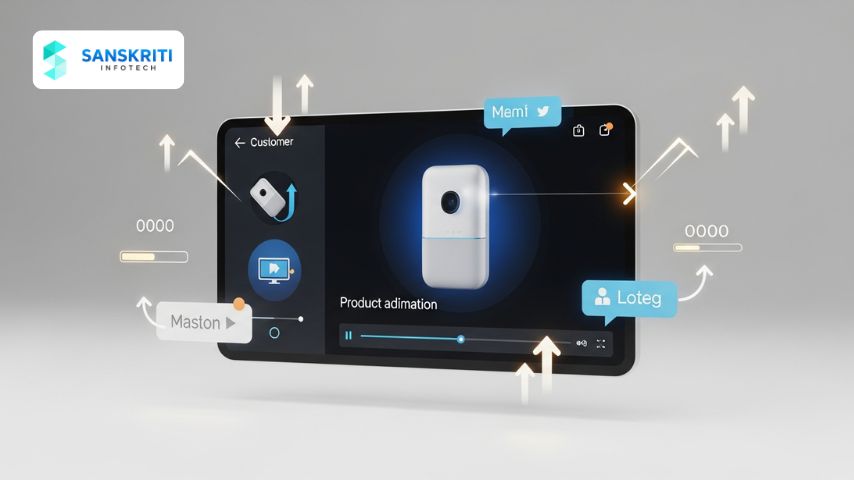Table of Contents
Introduction
When workplace accidents occur, the most pressing question is ‘Why did it happen?’ Root-cause analysis (RCA) is vital to uncover the underlying issues that lead to incidents. However, relying solely on witness testimony, CCTV footage, or written reports can lead to incomplete or biased conclusions.
That’s where 3D accident reconstruction animation comes into play. These digital simulations recreate incidents with precision and clarity, allowing safety teams to visualize what actually happened, identify contributing factors, and implement corrective actions.
In this blog, we explore how 3D animation enhances root-cause analysis and elevates the standards of industrial accident investigations.
Why Root-Cause Analysis Needs Better Tools
- – Accident investigations are often rushed and reactive.
- – Eyewitness accounts can be conflicting or unreliable.
- – Static images and diagrams lack clarity in dynamic events.
- – Regulators and stakeholders expect more evidence-based explanations.
What is 3D Accident Reconstruction?
- – A visual recreation of the incident using computer-generated animation.
- – Based on site layouts, equipment models, HSE reports, and timeline data.
- – Can simulate mechanical failures, human behavior, and environmental conditions.
- – Plays a crucial role in both learning and litigation.
Benefits of Using 3D Reconstruction in RCA
- – Provides a neutral, fact-based representation of the event.
- – Reveals missed variables like visibility, movement, or timing.
- – Helps identify gaps in procedures, communication, or equipment.
- – Improves team alignment on corrective and preventive actions.
- – Acts as a training and awareness tool for future prevention.
Real-World Example: Forklift Collision Investigation
- – A logistics warehouse experienced a severe forklift collision at an intersection.
- – CCTV coverage was blocked and worker statements varied.
- – Sanskriti Infotech built a 3D reconstruction using CAD layouts, operator paths, and lighting conditions.
- – The animation showed visibility issues due to stacked pallets and poor signage placement.
- – Outcome: Signage was restructured, blind spots corrected, and a new SOP was issued.
Applications Beyond Investigation
- – Used in court or insurance claims for visual clarity.
- – Aids safety workshops and HSE committee reviews.
- – Provides evidence for management reviews and compliance audits.
- – Demonstrates safety commitment during client or authority inspections.
What Makes a Good Reconstruction Animation?
- – Accurate data input from reports, logs, and site visits.
- – Realistic rendering of surroundings, lighting, and weather.
- – Timeline control to show incident in real speed or slow motion.
- – Narration or on-screen labels to guide viewers.
- – Confidentiality controls and secure sharing for stakeholders.
Conclusion
3D accident reconstruction animation is more than just a visual aid—it’s a powerful investigative and learning tool. By transforming reports and witness accounts into a coherent visual narrative, organizations can pinpoint the true causes of incidents and prevent future occurrences.
At Sanskriti Infotech, we help safety professionals recreate industrial accidents with realism and accuracy, ensuring their investigations lead to real change.
📞 Want to make your accident investigations smarter and more credible? Let’s connect.






